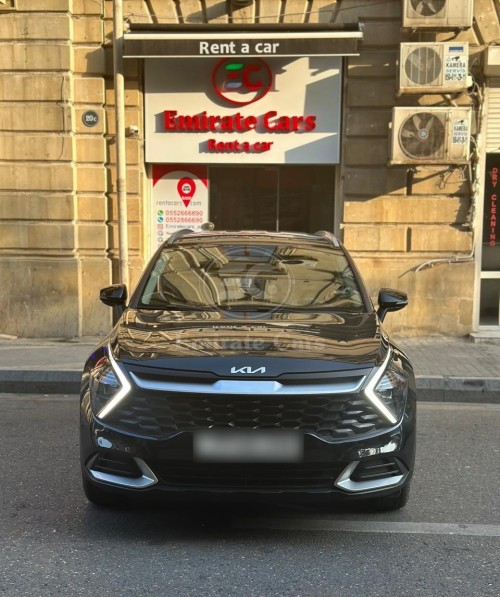Engines are the beating heart of any automobile, a symphony of pistons, valves, and combustion that transforms fuel into motion. For the uninitiated, the world of car engines can seem labyrinthine—filled with cryptic acronyms, obscure configurations, and engineering jargon. But fear not. This guide will demystify the mechanical marvels under the hood, whether you’re a curious novice or someone looking to rent a car Baku and want to know what powers your ride.
The Internal Combustion Engine: A Relentless Workhorse
The internal combustion engine (ICE) reigns supreme in the automotive realm. It’s a controlled explosion chamber where fuel and air ignite, forcing pistons to move with relentless precision. There are two primary variants: gasoline and diesel. Gasoline engines, known for their smoother operation and higher RPMs, thrive on spark ignition. Diesel engines, meanwhile, rely on compression ignition, delivering superior torque and fuel efficiency—ideal for long hauls and heavy loads.
But the devil is in the details. Engine layouts and cylinder arrangements play a pivotal role in performance.
Inline, V, and Flat: The Geometry of Power
Engines don’t just differ in fuel type—their physical architecture defines their character.
- Inline Engines (Straight Engines): The simplest arrangement, with cylinders lined up in a single row. Common in economy cars, they’re compact, easy to maintain, and vibration-prone unless balanced properly. Inline-fours dominate the market, but BMW’s legendary inline-six is a masterpiece of harmonic engineering.
- V Engines: Cylinders arranged in a V-shape, splitting into two banks. This design saves space, allowing more cylinders in a tighter area. A V6 strikes a balance between power and efficiency, while a V8 roars with unbridled muscle. The V12? Pure automotive opulence.
- Flat Engines (Boxer Engines): Pistons punch horizontally, creating a lower center of gravity. Porsche and Subaru swear by them for their stability and distinctive rumble.
Forced Induction: Superchargers vs. Turbochargers
Naturally aspirated engines breathe atmospheric air alone, but forced induction systems cram more oxygen into the combustion chamber for explosive power gains.
- Superchargers: Belt-driven and immediate, they offer instant throttle response but sap engine power to operate. Think of them as the brutish, no-lag power boosters favored in American muscle cars.
- Turbochargers: Harnessing exhaust gases to spin a turbine, turbos deliver efficiency and high-end power—though often with “turbo lag.” Modern twin-scroll and electric turbos mitigate this, making them ubiquitous in performance and economy cars alike.
The Electric Revolution: Beyond Combustion
Electric vehicles (EVs) are rewriting the rules. No pistons, no explosions—just silent, instantaneous torque from electric motors. Battery technology is evolving rapidly, but range anxiety and charging infrastructure remain hurdles. Hybrids bridge the gap, marrying ICE efficiency with electric assistance. Plug-in hybrids (PHEVs) offer short electric-only ranges, while mild hybrids use tiny batteries to supplement the engine.
Rotary Engines: The Outlier
Mazda’s rotary engine—a.k.a. the Wankel—defies convention. Instead of pistons, a triangular rotor spins in an epitrochoidal chamber. Compact, smooth, and capable of insane RPMs, it’s also thirsty and emissions-heavy. A niche legend.
The Future: Hydrogen and Beyond
Hydrogen combustion engines burn clean, emitting only water vapor. Meanwhile, hydrogen fuel cells generate electricity without combustion. Both face infrastructure challenges but could redefine sustainable mobility.
Whether you’re analyzing specs for your next car or simply want to appreciate the engineering when you rent a car Baku, understanding engine types enriches the driving experience. Each configuration has its virtues and vices—raw power versus efficiency, simplicity versus sophistication. The road ahead is evolving, but for now, combustion still sings its fiery song.

